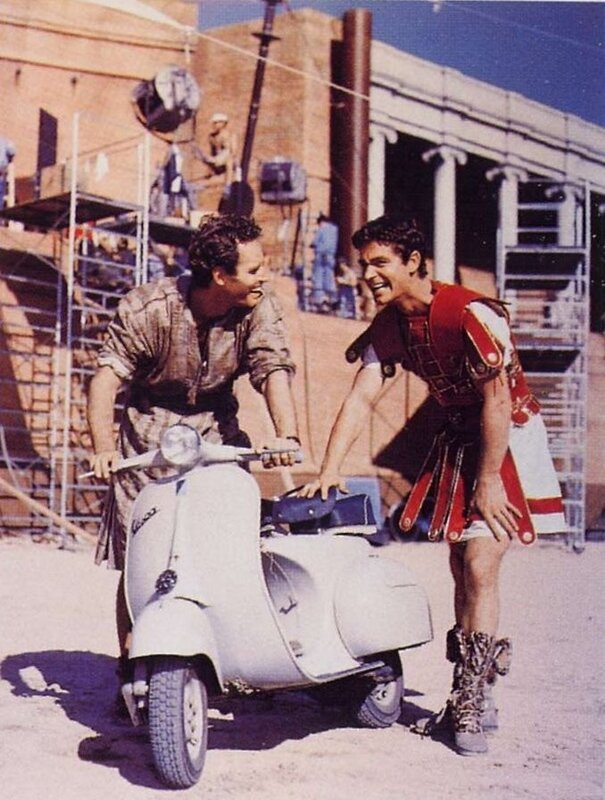 Gorgeous collection of photos capturing the Pakistani tradition of elaborately decorating their vehicles. According to Drive Line:
Gorgeous collection of photos capturing the Pakistani tradition of elaborately decorating their vehicles. According to Drive Line:The most striking thing in Pakistan is the vision of trucks and buses completely covered in a riot of color and design. They might spew diesel fumes, they may take up all of the winding, narrow, under-maintained road one is trying to negotiate, but they are certainly noticeable, like so many mechanical dinosaurs adorned in full courtship colors.
The decoration of vehicles is a common practice in a number of countries in addition to Pakistan. Similar techniques and materials are employed in truck and (more frequently) bus decoration in the Philippines, Indonesia, and several countries in Central and South America; in South Asia itself, Indian trucks are painted, as are the scooter rickshaws, called "Baby Taxis", of Bangladesh. What makes the case of Pakistan unique, however, is the pervasiveness of vehicle decoration, since decoration is heavily utilized on virtually all privately and fleet-owned commercial vehicles, from the well known trucks and buses, to vans, share taxis, animal carts and even juice vendors' push carts.
The motifs on the trucks can be categorized in five groups:1. Idealized elements of life, such as the romanticized village, landscapes or beautiful women.2. Elements from modern life, such as pictures of political figures or patriotic symbols.3. Talismanic and fetish objects, such as horns, yak tails and items of clothing.4. Talismanically or religiously loaded symbols, such as eyes and fish.5. .Obvious religious symbols and images such as Buraq (a celestial horse that is believed to have carried the Prophet Muhammad on a spiritual journey to heaven).
However, by far the commonest religious symbols appearing on a truck are the Ka'ba and Prophets mosque, appearing on the left and right of the front of the truck somewhere towards the top.
Interestingly, half a world away, some Sicilians (whose culture was also influenced at one time by Islam; coincidence?) used to decorate first their horse carts and then their cars in a a similar kind of way. (The Fiat 500 at left is absolutely fabulous!)




